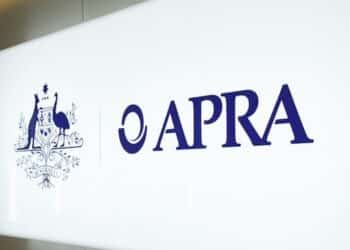A study conducted by the US advice industry body Investments and Wealth Institute and financial services group Charles Schwab surveyed more than 300 advisers in mid-2019 and found that 23 per cent said ‘status quo’ bias influenced their clients’ decisions.
In the behavioural finance field, status quo bias refers to a person making an investment decision based on doing nothing or sticking with an old plan, even if a newer plan may be more beneficial for them.
Commenting on the data, Shawn O’Brien, senior analyst at US asset manager Cerulli Associates, said this type of bias was pronounced among defined contribution investors in particular.
“Many participants may be disengaged from their retirement accounts for long periods of time – as a result, participants may remain in portfolios with risk profiles that are not suitable to their current circumstances,” Mr O’Brien said.
The asset manager said that choosing to self-direct a retirement portfolio could often be “a symptom of overconfidence bias”, with further research conducted by Cerulli indicating that more than 50 per cent of participants in the US’s 401k retirement scheme preferred to do their own investment research.
A further 28 per cent said they wanted to make the final investment decisions around their retirement portfolio on their own, while only 24 per cent said they needed the help of a financial professional.
Cerulli’s research also pointed to the lack of popularity in auto-rebalancing products for investors, with only 11 per cent of investors saying they were interested in target date funds, a US investment product that is similar to the ‘life cycle’ approach taken by some super funds in Australia.



